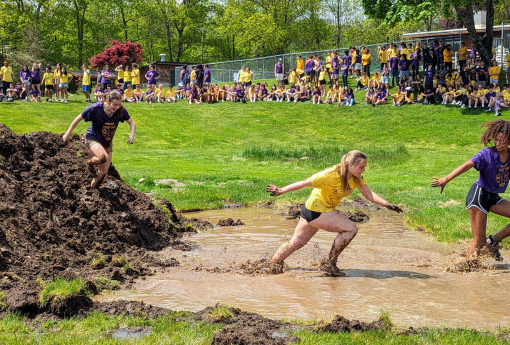
How Does A “School Within A School Model” Work for Students with Learning Differences?
The Hamilton School’s instructional methods are designed to teach children academic skills so they can “learn to learn.” Skills are directly and systematically taught, reinforced, and re-taught throughout the program. Children with identified learning differences usually learn best using multisensory techniques that reflect our kinesthetic and tactile instincts, reinforcing and bonding with our visual and auditory pathways for learning. Field trips, multimedia technology, music, and drama complement our primarily hands-on and experience-based instruction. While Hamilton teachers do not always cover the same quantity of content, the curriculum is designed so that the learning experiences, curricular themes, and essential questions run parallel to what is being taught and experienced within each corresponding grade level across the school. The curriculum for each grade runs similar to the content within the corresponding Wheeler grades.
For art, library, music, dance, theater, physical education, Aerie electives, Unity and Diversity and health classes, lunch and recess periods, field trips, and after school sports and other non-academic programs, Hamilton students are fully integrated with the general Wheeler academic and co-curricular program at each grade level. These opportunities for integration with their grade-level peers account for more than half of any given school day.


